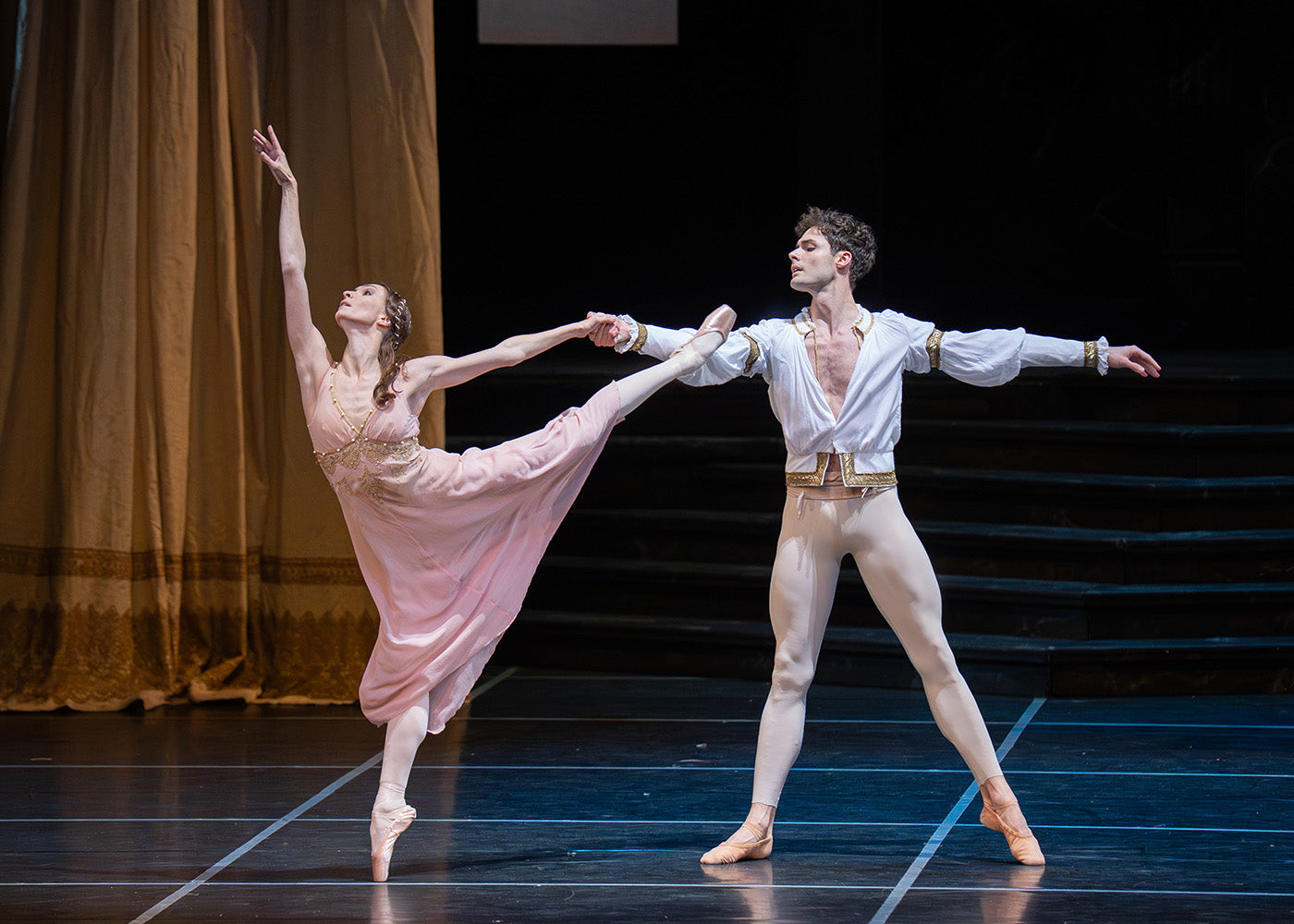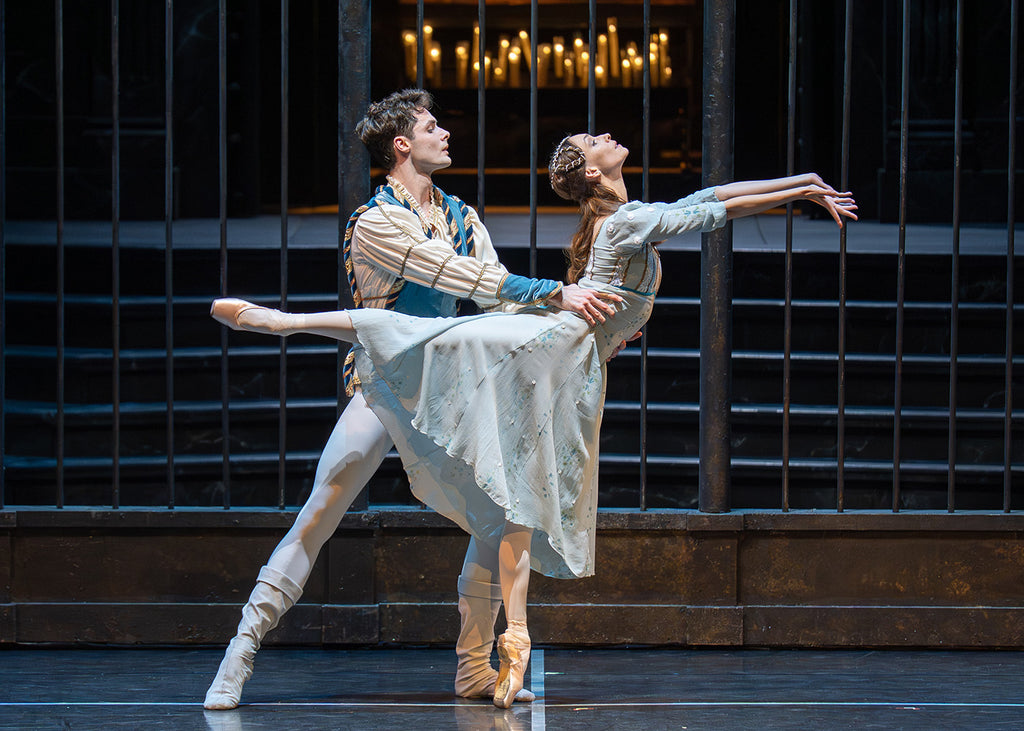Mishima’s Muse
Japan Society’s Yukio Mishima centennial series culminated with “Mishima’s Muse – Noh Theater,” which was actually three programs of traditional noh works that Japanese author Yukio Mishima adapted into modern plays.
Continue Reading
World-class review of ballet and dance.
What’s special about Rudi van Dantzig’s “Romeo and Juliet” is how deeply it is steeped in the textures of popular devotion and everyday life, reminiscent of Flemish painting in its chiaroscuro and crowded humanity. The curtain rises on an oneiric, slightly crumbling vision of Verona, a stage masterfully conceived by Toer van Schayk, who designed both sets and costumes. Across the twelve scenes and three acts, the décor transforms, revealing new colours, fabrics, and moods with each ensemble. Even the children from the ballet school join the bustle on stage, bringing a touch of freshness and candid expressivity to the scene. Some costume elements—lovingly restored over the years, their textures lending the production a quiet patina of memory—date back to the original 1967 premiere of van Dantzig’s production.
Performance
Place
Words



“Uncommonly intelligent, substantial coverage.”
Your weekly source for world-class dance reviews, interviews, articles, and more.
Already a paid subscriber? Login

Japan Society’s Yukio Mishima centennial series culminated with “Mishima’s Muse – Noh Theater,” which was actually three programs of traditional noh works that Japanese author Yukio Mishima adapted into modern plays.
Continue ReadingThroughout the year, our critics attend hundreds of dance performances, whether onsite, outdoors, or on the proscenium stage, around the world.
Continue ReadingOn December 11th, the Alvin Ailey American Dance Theater presented two premieres and two dances that had premiered just a week prior.
Continue ReadingThe “Contrastes” evening is one of the Paris Opéra Ballet’s increasingly frequent ventures into non-classical choreographic territory.
Continue Reading
comments